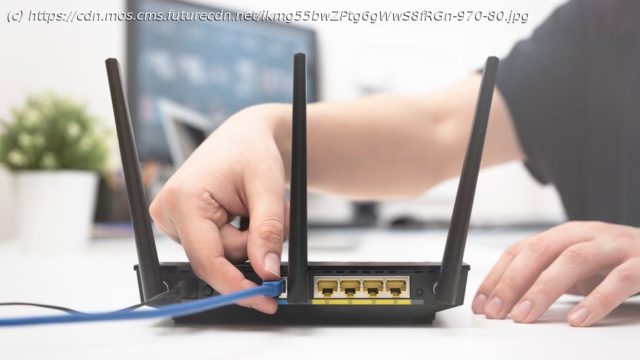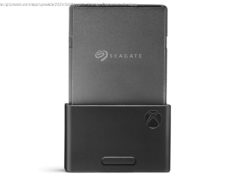EE and BT Broadband are two of the UK’s most popular broadband providers, but which is best?
BT and EE are two of the country’s most popular internet service providers (ISPs) for many reasons. Both companies offer a great selection of speeds ranging from basic ADSL options right through to 900Mbps packages that provide some of the fastest download speeds available on the market today.
On top of this, both companies are renowned for offering some of the best broadband deals available on the market and for providing excellent customer service.
Following a merger in 2016, EE is now part of the BT Group. This means that there aren’t too many differences between the two providers. However, both brands are positioned differently and there are certainly reasons why you may prefer to partner with one rather than the other.
Unsure whether BT or EE is the right ISP for you? Well, we’ve put together this detailed guide that directly compares the two providers. We’ve also delivered our definitive verdict on which is better out of the two. Read on to discover everything you need to know. EE vs BT: broadband options
As we mentioned above, due to a merger in 2016, EE is now owned by BT. In fact, when you visit the EE broadband website, it proudly states that the company’s broadband is ‘powered by BT’. As a result, the provider says that its customers ‘enjoy the same trusted broadband technology that keeps millions of BT customers connected too’.
Due to this, the two broadband providers offer similar speeds and packages for customers. However, although the options available are broadly similar, there are some subtle differences you should be aware of.
By way of direct comparison, BT provides all of the following broadband speeds:
BT Broadband Unlimited: 10Mbps avg. speed (this is only available in areas that cannot receive fibre speeds)
BT Fibre Essential: 36Mbps avg. speed
BT Fibre 1: 50Mbps avg. speed
BT Fibre 2: 74Mbps avg. speed
BT Full Fibre 100: 150Mbps avg. speed
BT Full Fibre 500: 500Mbps avg. speed
BT Full Fibre 900: 900Mbps avg. speed
By contrast, EE offers the following speeds:
Unlimited Broadband: 10Mbps avg. speed (this is only available in areas that cannot receive fibre speeds)
Fibre Broadband: 36Mbps avg. speed
Fibre Plus: 74Mbps avg. speed
Full Fibre Max 100: 100Mbps avg. speed
Full Fibre Max 500: 500Mbps avg. speed
Full Fibre Max Gigabit: 900Mbps avg. speed
As you can see, both BT and EE offer an excellent range of fibre and full fibre speeds. Plus, both ISPs also offer a package that provides average download speeds of 900Mbps. At the opposite end of the spectrum, BT and EE also both offer an ADSL option (although this is only available to customers who cannot receive a fibre package). This means that both providers offer an option to suit almost every customer.
Added to this, it’s worth pointing out that both providers use the Openreach network and both specialise in 24-month plans. As you may expect in a scenario where one company is owned by the other, there’s very little to split the two providers in terms of the packages offered and the speeds available. EE vs BT: broadband coverage
As we hinted at above, there’s also very little to split the providers in terms of coverage. This is because both BT and EE both use the Openreach network. This means that both ISPs can provide reliable connections to almost anywhere in the UK.






